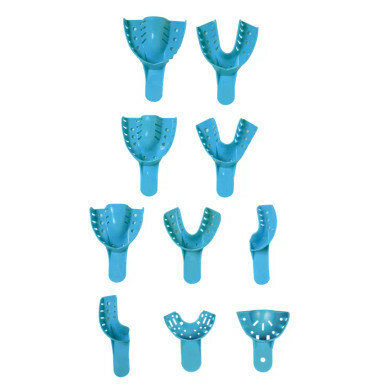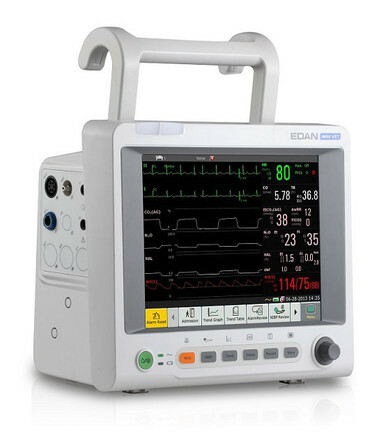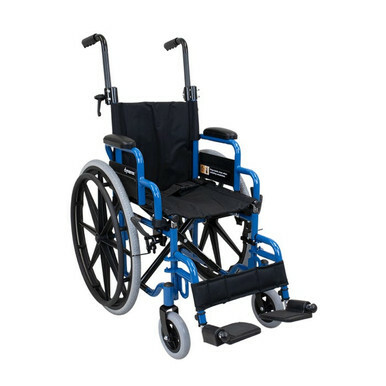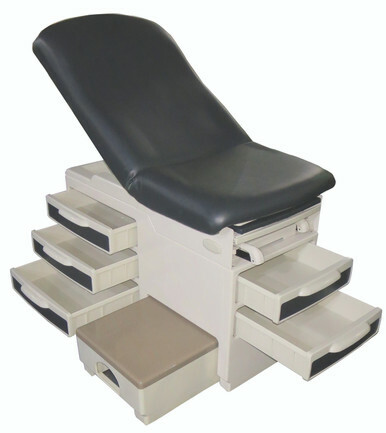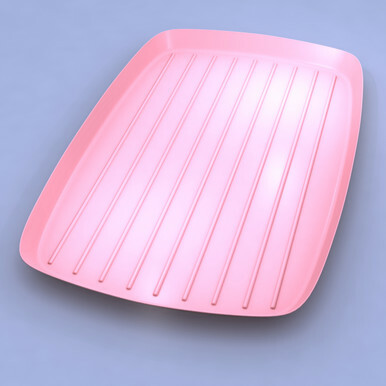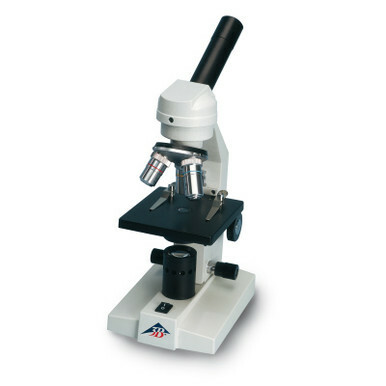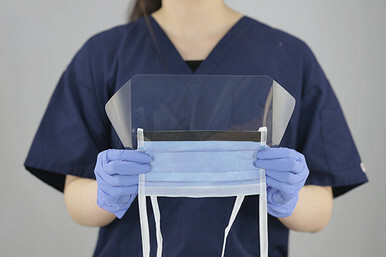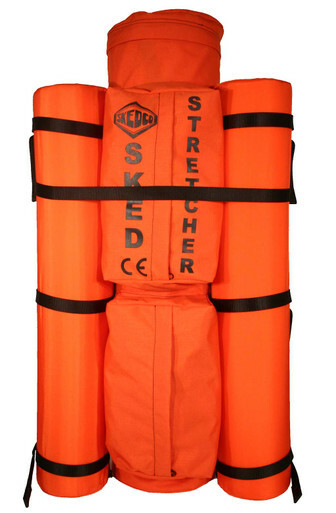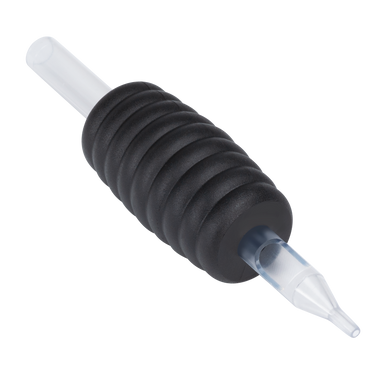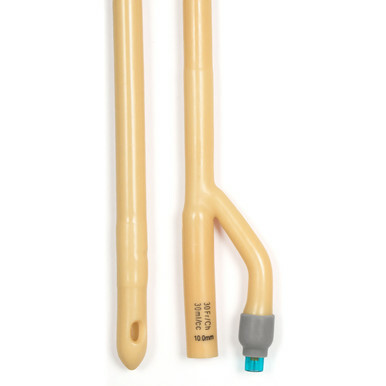The Heart of Healing: Unveiling the Dynamics of Hospital Beds
Posted by EMRN on 21st Dec 2023
In the labyrinth of healthcare, where comfort meets care, the hospital bed takes center stage. More than just a piece of furniture, it is a pivotal element in patient well-being and recovery. This blog post explores the intricacies of hospital beds, shedding light on their design, functionalities, and the crucial role they play in providing optimal comfort and support in healthcare settings.
Design and Components
- Adjustability for Individualized Comfort: Hospital beds are designed with multiple adjustable features, including the head, foot, and overall height. This allows healthcare professionals to tailor the bed's position to meet the unique needs of each patient, ensuring both comfort and medical necessity.
- Side Rails and Safety Measures: Many hospital beds come equipped with side rails to prevent accidental falls and provide additional support when repositioning or getting in and out of bed. These safety measures are crucial, especially for patients with limited mobility.
- Mattresses for Pressure Redistribution: Hospital bed mattresses are crafted with materials that aid in pressure redistribution, reducing the risk of bedsores or ulcers. These mattresses promote better blood circulation and overall comfort during extended periods of bed rest.
Functionalities in Healthcare
- Critical Care and Intensive Settings: Hospital beds in critical care units often feature advanced functionalities, including Trendelenburg and reverse Trendelenburg positions. These positions are beneficial in managing patients with specific medical conditions, facilitating breathing, and promoting circulation.
- Maternity Wards and Birthing Centers: Specially designed maternity beds offer features such as stirrups and adjustable positions to accommodate the unique needs of expectant mothers during labor and delivery.
- Bariatric Beds for Weight Management: Bariatric hospital beds are designed to support individuals with higher weight capacities, ensuring both comfort and safety during medical care.
Technological Integration
- Electric and Motorized Controls: Many modern hospital beds are equipped with electric or motorized controls, allowing for seamless adjustments with the push of a button. This enhances the ease of use for both patients and healthcare providers.
- Connectivity for Patient Monitoring: Advanced hospital beds often come with connectivity features for patient monitoring systems. This integration allows healthcare professionals to remotely monitor vital signs, enhancing overall patient care and response time.
Patient-Centered Care
- Enhancing Mobility and Independence: Hospital beds play a vital role in promoting patient mobility. Adjustable features enable patients to find comfortable positions, facilitating easier transfers in and out of bed and promoting a sense of independence.
- Psychosocial Well-Being: Comfortable and adjustable beds contribute to the psychosocial well-being of patients. Being able to control their bed positions enhances a sense of control, comfort, and dignity during challenging times.
Conclusion
Hospital beds are not mere pieces of furniture; they are dynamic elements that contribute significantly to the healing journey of patients. Their design, functionalities, and integration into healthcare settings embody a commitment to patient-centered care. As technology continues to advance, hospital beds evolve to meet the diverse needs of patients and healthcare providers, ensuring that the heart of healing beats strong in every medical setting.



























